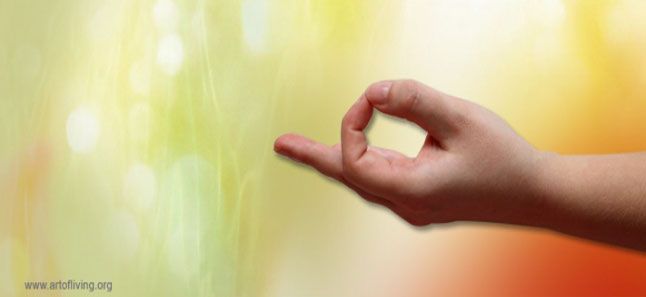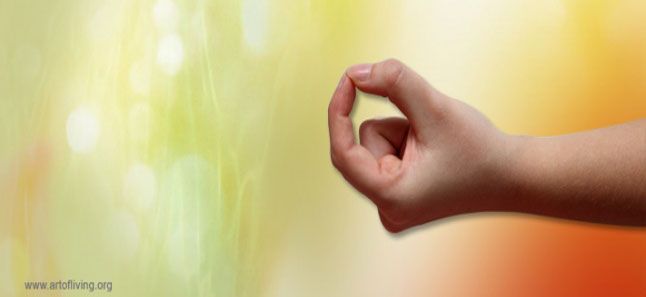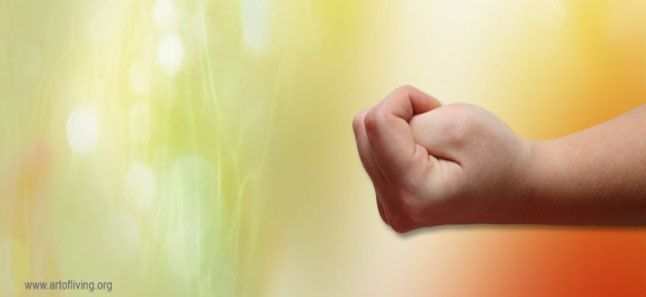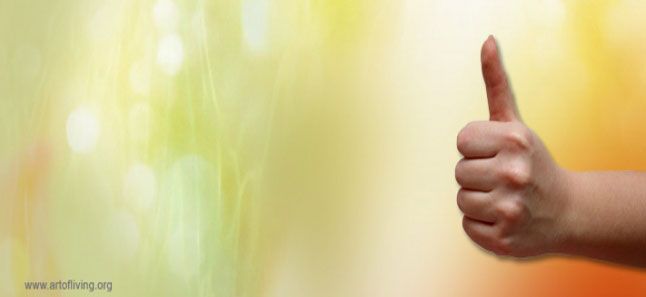Yoga is generally perceived as a combination of postures for stretching, breathing techniques for calming and relaxation. A general yoga class introduces these yoga practices and while we benefit from the techniques often the deeper and true understanding of yoga is left behind.
While the postures are cleverly designed to affect all the body systems and breathing practices bring awareness of the relationship that exists between the body and the mindthere is much more to yoga.
As we explore yoga the importance of the practices dawns and its subtle affect on body, mind and consciousness begins to be experienced.
A lesser known, more subtle and independent branch of yoga is Yoga Tatva Mudra Vigyan…..yoga mudras
Entirely distinct and based on the principle of Ayurveda yoga mudras are understood as a healing modality. The sanskrit word Mudra is translated as gesture or attitude. A mudra may involve the whole body or be a simple hand position. Mudras used in combination with yoga breathing exercises enliven the flow of prana in the body by stimulating the different parts of the body involved with breathing. Relating directly to the nerves mudras create a subtle connection with the instinctual patterns in the brain influencing the unconscious reflexes in these areas. The internal energy is in turn balanced and redirected effecting change in the sensory organs, glands veins and tendons.
This adds a whole new dimension to the yoga experience.
There are numerous different mudras, many mysterious and others contemporary in nature.
The main texts concerning the use of mudras are the Hatha Yoga Pradipika and Gheranda Samhita. The Hatha Yoga Pradipika describes 10 mudras and the Gheranda Samhita 25.
Some Yoga Mudras come natural to us, simply by touching our hands to our fingers we can affect our attitude and our perception and the inherent energetic power can heal the body.
There is a direct relationship between the mudras and the five elements of the body.
According to Ayurveda disease is due to an imbalance in the body caused by lack or excess of any of the five elements, our fingers have the characteristics of these elements and each of these five elements serves a specific and important function within the body. The fingers are essentially electrical circuits. The use of mudras adjusts the flow of energy affecting the balance of air, fire, water earth and ether accommodating healing.
There are many interpretations of the various finger positions, whether they are represented as aspects of the self, the three energies inherent in the gunas, the mind, intellect, ego, illusion or karma remains mystery. The main point being that they introduce a non intellectual sensibility.
Here are some basic yoga mudras you can safely try and experience their effect.
Yoga Mudra are practiced sitting simply crosslegged, in vajrasana, or in lotus posture and even sitting in a chair. There is no need for the body to be uncomfortable distracting from the practice. Ideally Ujjai breathing accompanies the more simple mudras.
Chin Mudra
Holding the thumb and forefinger together lightly and having three remaining fingers extended is Chin Mudra.The fingers need only touch together no pressure is needed and the three extended fingers held as straight as possible. The hands can then be placed palms up on the thighs and an even rhythm of breathing established. Observe the flow of breath and its effect.
Chinmaya Mudra
In this mudra the thumb and forefinger form a ring and the three remaining fingers are curled into the palms of the hands. Again the hands are placed on the thighs palms facing upwards and deep comfortable ujjai breaths are taken. Once more observe the flow of breath and its effect.
Adi Mudra
In Adi Mudra the thumb is placed at the base of the small finger and the remaining fingers curl over the thumb forming a light fist. The palms are again placed facing upwards on the thighs and the breathing repeated.
Brahma Mudra
Here both hands are placed in Adi Mudra, then with the knuckles of both hands together the hands facing upward are placed at the navel area and the flow of breath continued.
In each yoga mudra take at least twelve breaths and closely observe the flow of prana. Feel where the breath is flowing and gently energizing and mind.
Feeling held back due to a physical ailment? Are emotions taking a toll on your personal and work life? Fill in the form below to learn more about how yoga can aide you in overcoming issues naturally with minimum lifestyle changes.
[“source-Artofliving”]




